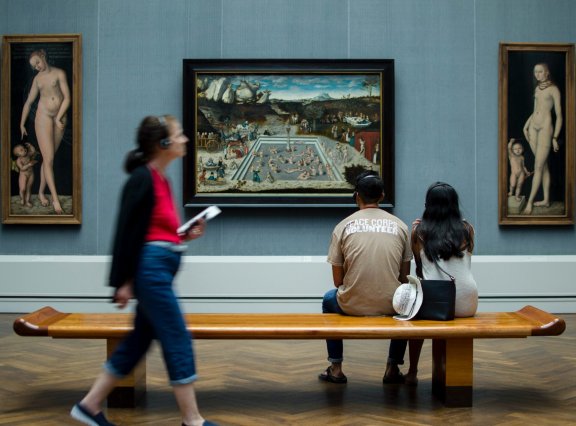Stay in touch with the latest news from AIM and get information on sector grants, jobs and events with our free fortnightly E-News.
Successful Fundraising at Museums
Author: Judy Niner, Director, Development Partners
Introduction
This fundraising guide is intended to help small and medium-sized museums to fundraise as successfully as possible.
It is aimed at anyone working in a museum, whether staff or volunteer, since there is a role for everyone in the fundraising process. It will be particularly relevant to those who have specific responsibility for fundraising strategy and implementation, and for management staff/volunteers and trustees.
Click here to download the PDF of this Success Guide>>
What do we mean by fundraising?
For the purpose of this guide, we are defining fundraising as the creation of philanthropic revenue or capital investment. We are not therefore including activities that are better defined as income-generation, generally the sale of goods or services (including
admissions). Some activities, such as membership, blur the lines of this definition but are included because of the role they can play in the cultivation of supporters.
Restricted v unrestricted funding
There is a vital difference between how funds are received by a charity. Some funds – those for which the purpose is a specified activity, item or project – are known as ‘restricted’. This means they can only, and must, be spent on the activity/item/project which
the donor/grantmaker agreed to fund. Most funds from public sources, trusts and foundations and individuals who respond to particular campaigns will be restricted.
Unrestricted funds can be used in any way appropriate to the purpose and objectives of the organisation. Unrestricted income tends to come from activities such as donation boxes, membership, regular giving and legacies.
The fundraising climate
This guide is being updated in autumn 2022, with the impact of the Covid 19 pandemic still being felt and households and businesses facing extreme inflation, particularly in energy and food prices. Fundraising is competitive enough in good times, but current economic challenges may make it even more difficult to achieve hoped-for results. The temptation may be to do nothing
and wait until times improve. That would be a grave mistake. Now is the time to be investing in relationships, ensuring your systems and processes for fundraising are in place, and communicating confidence in your museum’s future path.
There are very few ‘quick wins’ these days. To be successful at fundraising, you need to take a longer view and ‘engineer your luck’. Preparation is vital, and taking the time to nurture relationships essential. This guide will help you prepare your organisation so that you are in a strong position to find and grasp funding opportunities as they arise.
Despite the pandemic, according to Arts Council England’s Private Investment in Culture Survey Report, the volume of private investment income in culture remained stable between 2018-21. Individual giving and memberships increased by 6% over the period, whilst grants from trusts and foundations declined by 5% and corporate donations and memberships by 7%. The biggest
decline (18%) was seen in corporate memberships. Click here to see the full report>>
There is still money to be found for well governed, resourceful organisations with robust plans and projects, who build strong, respectful relationships and ask for funds at the right time and in the right way.

Getting fit to fundraise
A fundraising organisation needs to create the best possible conditions in which to attract and retain donors and grantmakers. It needs to inspire confidence and engender commitment. Being ‘fundraising fit’ is essential.

About the author
Judy Niner, Director, Development Partners. Development Partners is a fundraising and business development consultancy specialising in museums and heritage.
Please click here to visit the Development Partners website>>

